1. Duckman – The Cynical Beaked Detective
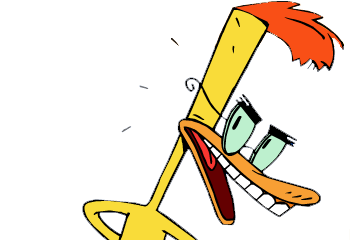
Long before Rick Sanchez was dropping nihilistic wisdom, Duckman was doing it in the ‘90s with even more existential dread. This crude, sarcastic private detective (voiced by Jason Alexander) was a mess of bad decisions, scathing social commentary, and surprisingly heartfelt moments. Duckman was a blueprint for adult animation that pushed boundaries, yet today, he’s strangely absent from the nostalgic cartoon revival trend. The show’s writing was razor-sharp, filled with biting critiques of society that are still relevant today.
Despite his rough exterior, Duckman had moments of genuine vulnerability, making him a surprisingly layered character. His dysfunctional family, particularly his absurdly intelligent son, Ajax, added even more comedic depth. The animation was wild and frenetic, mirroring Duckman’s chaotic life. At its core, the show was a sharp, often uncomfortable mirror of the real world, dressed up as an outrageous cartoon. Fans of adult animation should absolutely revisit this forgotten classic.
2. Courage the Cowardly Dog – The Fearful Hero
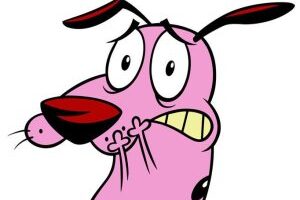
Courage wasn’t just a talking animal—he was a traumatized talking animal. This pink, panic-stricken pup spent most of the early 2000s saving his owners from supernatural horrors while screaming in terror. His show was a wild mix of humor and existential dread, and while it still has a cult following, mainstream cartoons rarely reference this horror-comedy masterpiece anymore. The eerie soundtrack and surreal villains made it a truly unique experience. Even today, rewatching an episode can send shivers down your spine.
Courage’s world was one of loneliness, eerie landscapes, and a constant The series blended absurdity with genuine horror, battle against forces beyond his comprehension. Despite his overwhelming fear, he always found a way to protect Muriel and Eustace, proving that love can be stronger than terror. The series blended absurdity with genuine horror, often tackling themes of neglect, fear, and resilience. While newer cartoons lean more into action or comedy, few have managed to balance emotions the way Courage did. It’s a shame that modern animation hasn’t brought back something quite like him.
3. Hong Kong Phooey – The Kung Fu Canine
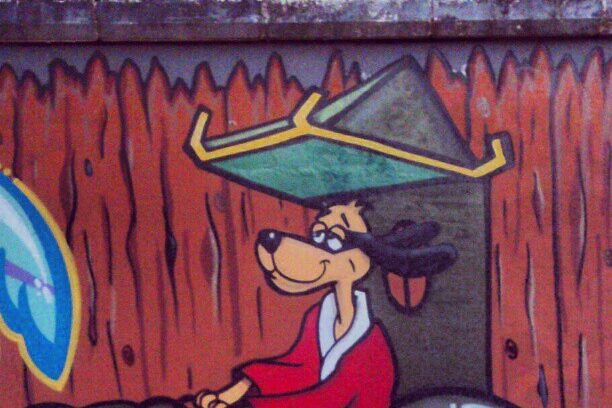
Before Po from Kung Fu Panda became the martial arts animal of choice, Hong Kong Phooey was dishing out justice (or at least trying to). This 1970s Hanna-Barbera classic featured a clumsy janitor-turned-crime-fighting dog who relied more on luck than skill. Sadly, his legacy has been overshadowed by newer action heroes. The slapstick humor and exaggerated fight sequences made it a delight to watch.
Hong Kong Phooey was a mix of martial arts tropes, absurd comedy, and pure Saturday morning fun. While he wasn’t exactly the most competent fighter, his enthusiasm made up for it. His sidekick, Spot the cat, often did more of the actual work, making their dynamic even funnier. Even though his brand of humor is a relic of a different era, there’s something timeless about his goofy charm.
4. Eek! The Cat – The Optimist Who Never Learned
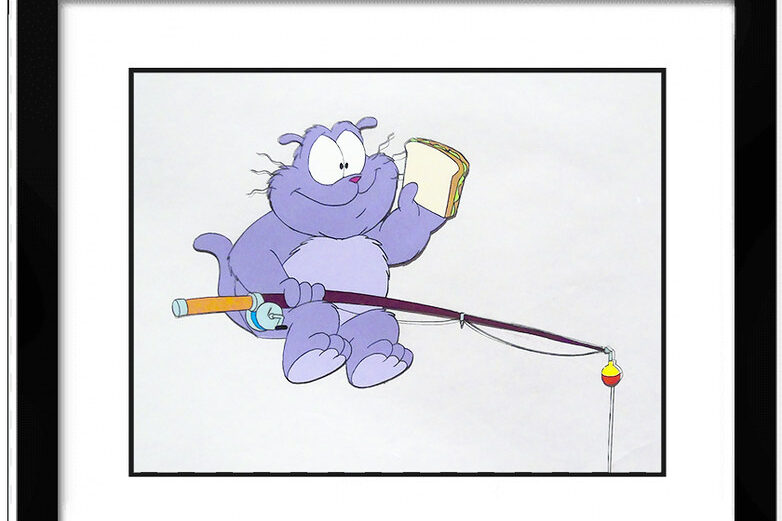
Eek was the cat with an endless supply of optimism, despite being constantly squashed, stretched, and abused by the chaotic world around him. His catchphrase, “It never hurts to help!” was hilariously ironic since his attempts to assist others almost always resulted in catastrophe. The series had a quirky charm that set it apart from other cartoons of its era. It also featured some of the most bizarre yet entertaining supporting characters, making every episode an unpredictable ride.
Despite his endless suffering, Eek remained cheerful, a rare trait in a world full of snarky, self-aware protagonists. His resilience was almost inspiring—if it weren’t so hilariously tragic. The show’s unpredictability made it one of the most entertaining cartoons of its time. Unlike many talking animal characters, Eek wasn’t trying to be a hero or a villain—he just wanted to help.
5. Rocko – The Wallaby With Too Many Problems
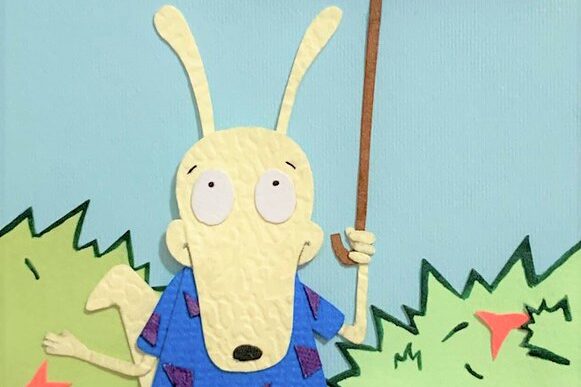
Rocko’s Modern Life was anything but modern—it was downright absurd. Rocko, an anxious Australian wallaby, navigated life’s challenges with an almost unhealthy level of stress. The show tackled everything from corporate greed to bizarre neighbors, all while slipping in adult jokes that flew over kids’ heads. Every episode was a surreal yet relatable fever dream that somehow made sense in the ‘90s.
What made Rocko stand out was how the show wasn’t afraid to address real-life struggles through absurd humor. Whether it was dealing with bad bosses, nightmarish customer service, or the horrors of home ownership, Rocko’s experiences were all too real. It’s no surprise that it remains a cult favorite today, though newer audiences often overlook it. The Netflix special in 2019 gave it a brief resurgence, but it still deserves more recognition.
6. Secret Squirrel – The Spy Who Faded Into the Shadows
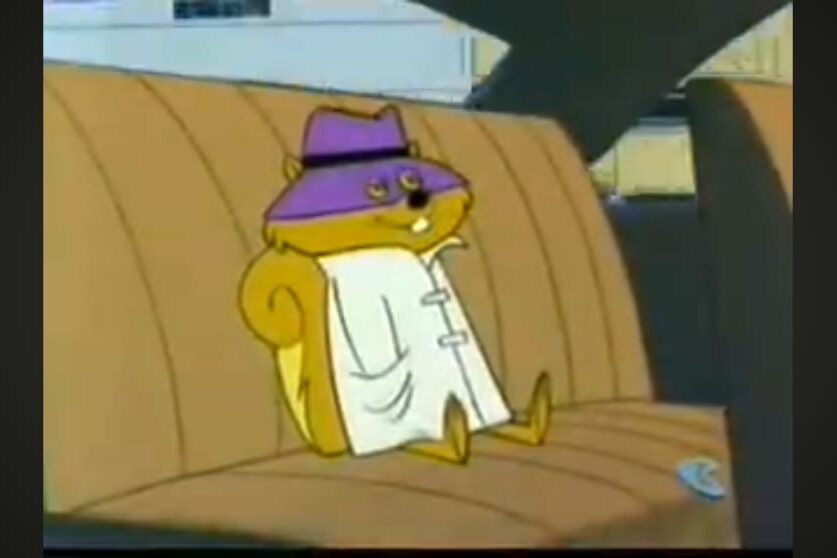
Secret Squirrel was Hanna-Barbera’s answer to James Bond, but with a bushy tail and a trench coat. Armed with an arsenal of ridiculous gadgets and a suave demeanor, he fought crime with his sidekick, Morocco Mole. His cases were just as absurd as you’d expect—villains with over-the-top schemes, ridiculous disguises, and nonsensical logic. Despite its clever premise and fun antics, Secret Squirrel never gained the fame of other Hanna-Barbera classics.
Secret Squirrel’s revival in the 1990s gave him a slight boost, but it still wasn’t enough to cement his place in mainstream animation. His dry humor and classic spy tropes make him a character worth revisiting. While James Bond continues to evolve, Secret Squirrel remains frozen in time. If anyone deserves another shot at the spotlight, it’s this undercover rodent.
7. CatDog – The Strangest Sibling Rivalry

CatDog was exactly what it sounded like—a creature with the head of a cat on one end and a dog on the other. This bizarre premise led to some of the most ridiculous and chaotic sibling fights in cartoon history. Cat was the uptight, intellectual half, while Dog was the carefree, happy-go-lucky side. Their constant clashes made for hilarious situations, but the show also had surprisingly heartfelt moments.
Despite their differences, Cat and Dog were inseparable, literally and emotionally. The show explored themes of identity, compromise, and family in ways that were surprisingly deep for a children’s cartoon. While it had a strong run in the late ‘90s and early 2000s, CatDog doesn’t get as much love as other Nickelodeon classics. Given today’s fascination with surreal animation, it’s a wonder it hasn’t seen a bigger revival.
8. Buster Bunny – The Forgotten Tiny Toon

As the face of Tiny Toon Adventures, Buster Bunny was supposed to be the next big thing. He had the wit of Bugs Bunny but with a fresh, ‘90s twist. Despite a strong run, he faded into obscurity after the show ended. His bright blue fur and signature red shirt made him instantly recognizable, yet he never reached the same legendary status as his Looney Tunes predecessors. While Tiny Toons recently made a return, Buster still doesn’t get the same recognition as his Looney Tunes predecessors.
Buster’s humor was sharp, and his adventures were just as wild as any classic Warner Bros. cartoon. He embodied the rebellious, fast-talking energy of ‘90s animation. His friendship with Babs Bunny was another highlight, balancing humor with a touch of charm. It’s surprising that he hasn’t had a bigger comeback, given how beloved his show was.
9. Felix the Cat – The Silent Icon Who Spoke
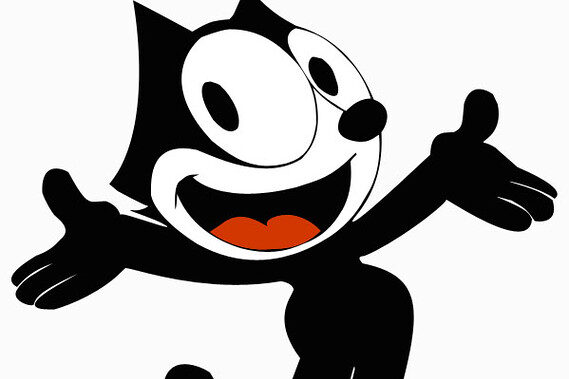
Felix the Cat predates almost every other cartoon star, yet modern audiences rarely mention him. He started as a silent film character in the 1920s, eventually gaining a voice and starring in several animated series. His surreal world, filled with magic bags and bizarre adventures, made him a trailblazer. But despite influencing countless cartoons, Felix has struggled to maintain mainstream relevance.
Felix’s design is timeless, and his mischievous personality set the standard for future animated troublemakers. His magic bag of tricks gave him a unique gimmick that still holds up today. While he occasionally resurfaces in reboots, he’s never reclaimed his former glory. For a character who helped shape animation history, he deserves more than just a footnote.
10. The Brain – The Mouse Who Almost Took Over the World
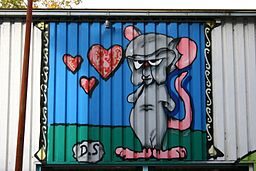
One half of Pinky and the Brain, The Brain was a megalomaniacal genius trapped in a tiny mouse body. His deadpan delivery, paired with Pinky’s ridiculous antics, made for some of the smartest comedy in kids’ television. Every night, he tried to take over the world, only to fail spectacularly. Despite being a pop culture staple in the ‘90s, he’s not as widely recognized today.
The Brain was a rare character who blended intelligence with sheer absurdity. His elaborate plans and Pinky’s unexpected wisdom made their dynamic unforgettable. While Animaniacs returned with a reboot, The Brain hasn’t had a solo resurgence. Maybe one day, he’ll finally succeed—at least in getting the recognition he deserves.
11. Rango – The Chameleon With a Wild West Soul

Rango wasn’t your typical cartoon animal—he was a fully CGI chameleon in a surreal, Western-inspired animated film. Voiced by Johnny Depp, he was a quirky, self-made sheriff in a dusty desert town. The movie won an Oscar but never got the lasting love of other animated classics. Rango was weird, artistic, and deeply original, yet he rarely comes up in conversations about iconic animated characters.
His journey from a lost pet to an unlikely hero was filled with humor and self-discovery. The film’s stunning visuals and offbeat storytelling set it apart from standard animated fare. Rango had all the makings of a legendary character, but he vanished as quickly as he appeared. Maybe it’s time for a revival—after all, the Wild West never truly dies.
12. Fritz the Cat – The Most Controversial Talking Animal Ever
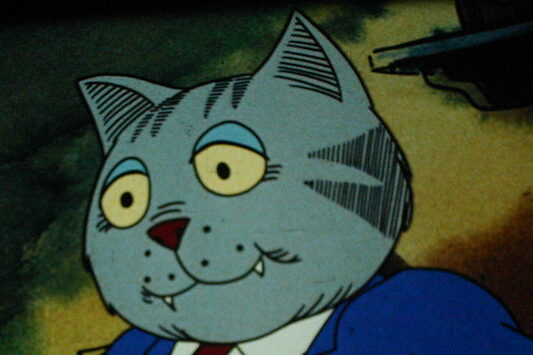
Fritz the Cat wasn’t just forgotten—he was actively pushed into the shadows. As the star of the first-ever X-rated animated film, Fritz was a rebellious, politically charged character created by Robert Crumb. His adult themes and satirical take on society made him groundbreaking, but also too controversial for mainstream recognition. Unlike other animated animals, Fritz wasn’t made for kids—he was a product of counterculture.
His stories tackled race, politics, and social issues with an unfiltered lens. While his films were successful, they also drew intense criticism, causing Fritz to fade from pop culture discussions. Today, he remains a relic of a time when animation dared to be truly subversive. Love him or hate him, Fritz was an icon of his era, and animation hasn’t seen a character quite like him since.


